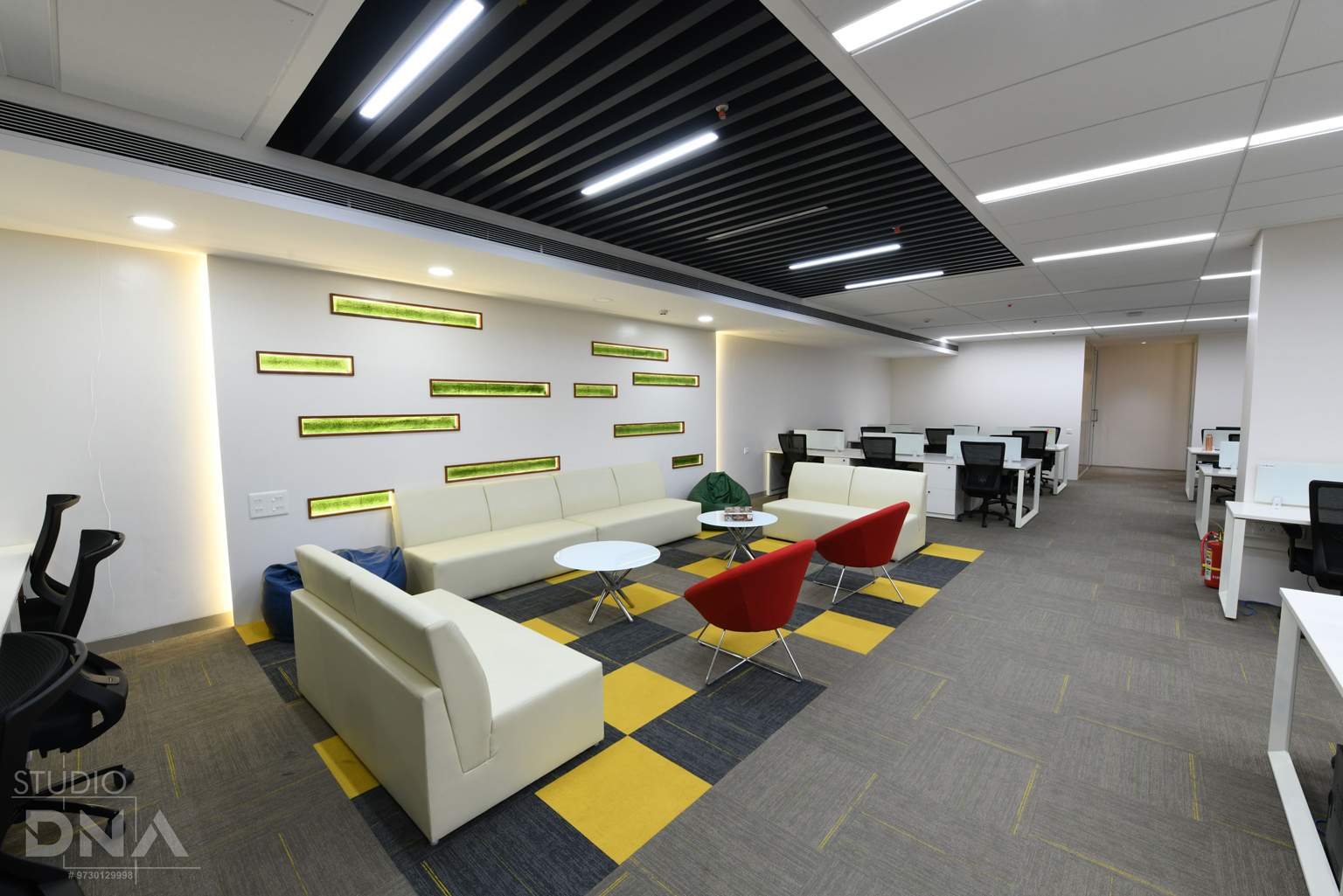
Sustainable Furniture: A Step Towards Designing an Eco-Friendly Office Space
The modern office environment is transforming. The old-age cubicles and stationary desks were designed to accommodate as many employees as possible in one corner to save on costs. Businesses would stuff employees into a floor plan with zero thought for their comfort or productivity.
However, today’s office furniture is designed with sustainability, thoughtfulness, and efficiency in mind. The best office furniture is designed to give you an ergonomic workspace that maximises your time while minimising your energy consumption.
Let’s take a further look into sustainable furniture and its impact on the environment.
Environmental impact on the planet
Every office has a chair that everyone dislikes.
If your office is anything like any other, there’s a bum buster chair hovering around out there. You know the one. It’s the chair that nobody likes: The one with wobbly wheels and worn upholstery. The one that gets passed around at all-staff meetings like a hot potato. Even the interns won’t sit in it, though they will most likely run into it while looking for some other chair to sit in.
Once it hits the door out, it becomes a problem.
It’s difficult to digest that one task chair could have so much environmental impact, but all those forgotten seats (along with desks, tables, and cabinets) add up. The cycle does not end here, because all that unwanted furniture is replaced in no time.
Across the globe, 4-5% of household waste in landfills is furniture — so we can estimate that in India we generate up to 3.1 million tons of furniture waste per year — or the weight of about 6.2 lakh elephants (ironically the total estimated elephant population on the planet is only 4,65,000).
With numbers like these, it’s easy to see why enhancing the sustainability of office furniture has become so much important for businesses as well as companies all over the globe.
3 factors of sustainability in crafting office furniture
Sustainability starts with the smallest decisions you make on vendors and materials, along with actions you take through the lifespan of your office furniture.
Let’s see the three key factors of office furniture sustainability:
Materials + Process
Every desk in your vicinity leads a double life.
Its first life begins at creation and ends when the desk arrives in the office. Pledging to sustainable furniture includes checking that desk’s way from raw material to the factory to the warehouse, and finally, to you.
Materials have always topped the sustainability list for an excellent reason. Trustworthy manufacturers can give you a “list of ingredients” that states exactly what goes into the creation of the furniture you buy.
You will want to evade banned materials and “chemicals of concern” like PVC, ozone depleters, hexavalent chromium, benzidine dyes, PBDE flame retardants, and some hazardous phthalates.
Volatile organic compound (VOC) emissions from building materials and furnishings can also be a prime reason for indoor air pollution. You will want to make sure that the product has gone through rigorous and wide-ranging standards for low emissions of VOCs into indoor air.
In addition to researching materials, check out things like labor methods, transportation methods, and the carbon footprint of your distributors, manufacturers, and vendors.
Sustainability includes thinking about the well-being of the people who made the product and eventually, the consumers of that same product.
Life Cycle + Longevity
The second life of that same desk starts when employee power up their computer and starts work. This life ends when that desk is no longer useful. The longer that desk can remain an effective element at your workplace, the more sustainable it becomes.
That’s why it’s crucial to choose everything cautiously. Avoid parts that are poorly made or feel disposable. Office furniture that is built to be durable, and can be repaired and upgraded easily, is enormously more eco-friendly than the normal option.
Search for manufacturers and vendors that give you warranties, service plans, and build-in emergencies for obsolescence. The average life of a fixed element (like office furniture) should be around 7 years.
Entirely replacing items within that 7-year lifecycle is a total waste of time and money.
Recycling + End of Life
When someone retires at an organization, they do not go out with the bulk trash truck.
There are undoubtedly succession plans structured for the CEO and other top-level management people. Naturally, the final chapter of an employee’s career includes a big party, a gold watch, and the appointment of a talented replacement.
Similarly, any company that champions sustainability should accept responsibility for what happens next to the desk. At the very least, keeping your office furniture out of the 3.1 million tons of office furniture pile-up is a sustainably good thing to do.
Standards of Furniture Sustainability
Sustainability is being taken seriously.
You want to make your office premises better. Your organization has committed to decreasing its impact on the environment and eventually, on the planet.
Chances are, you don’t have the time to assess every detail of every department’s furniture choice. Your workday is too busy to research which room divider factory implements solar power, or which trucks run on biodiesel.
Luckily, there are people who have already figured these things out for you.
The ANSI/BIFMA e3 Furniture Sustainability Standard
BIFMA is the Business and Institutional Furniture Manufacturer’s Association. Along with the American National Standards Institute (ANSI), the association created the ANSI/BIFMA e3 Furniture Sustainability Standard, which includes number of criteria for measuring sustainability of office furniture.
In June 2009, BIFMA brought LEVEL, the sustainability certification program for furniture. LEVEL focuses on four major areas such as materials selection and usage, human and ecosystem health, energy and atmosphere, and social responsibility impacts.
Steps to Building an Eco-friendly Office Space
Buy green products and recycle old office furniture. Encourage others to follow sustainability, too.
If you are planning to buy new furniture, do your research and ask more questions. If you’re working with a workplace designer, let them know about your sustainability needs before they start. Insist on certifications.
If you have old furniture for clearance, do everything you can possible to keep the furniture waste out of the landfill.
Though recycling one single office chair perhaps won’t save the planet, it’s an easy step towards keeping us from adding to an already grave situation.
Once you start making sustainability a priority at the office, even the little actions you take will make a huge difference.


No Comments
Sorry, the comment form is closed at this time.